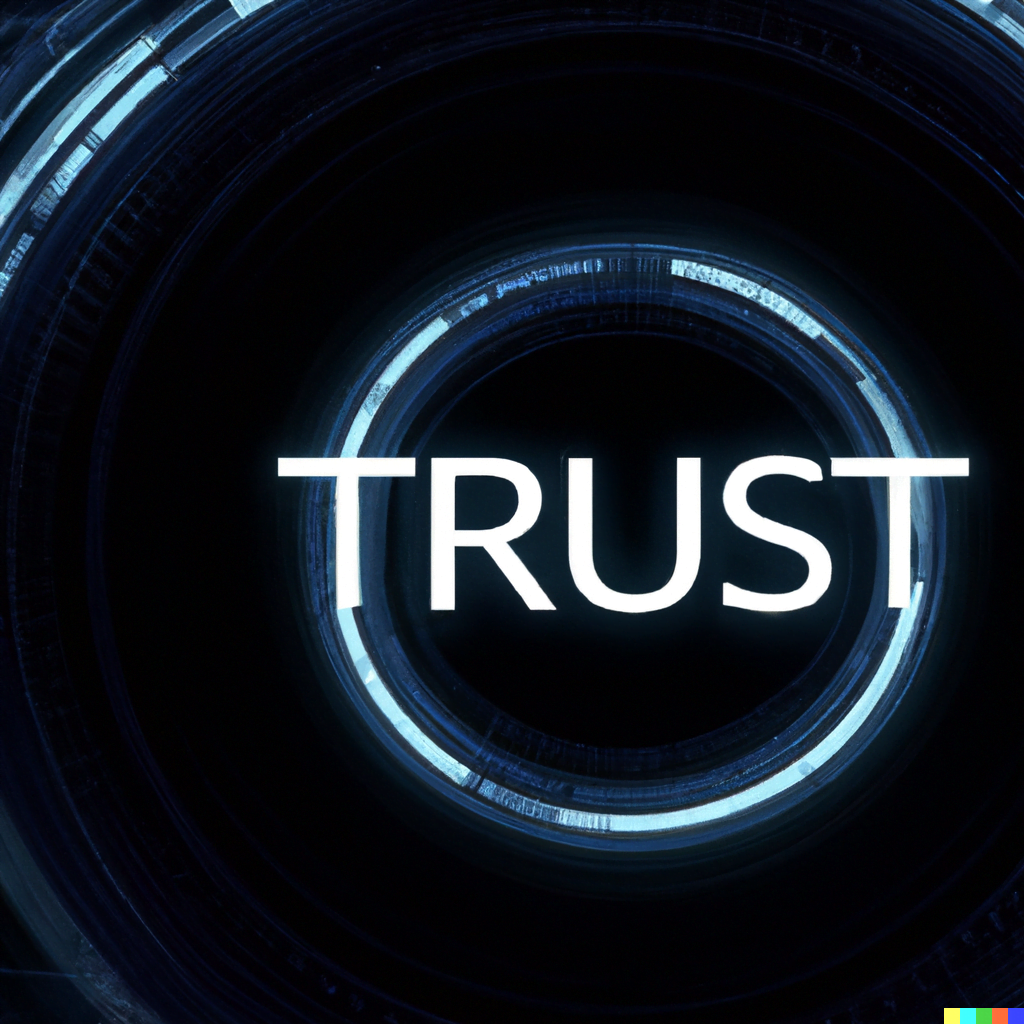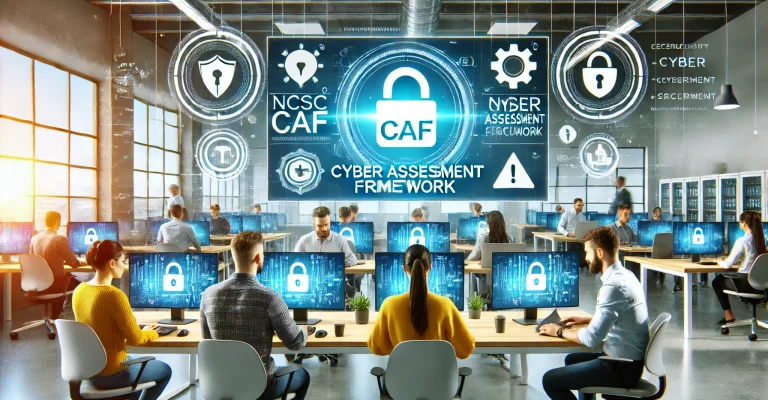What is Zero Trust
Zero Trust is a security model that is gaining traction in the cybersecurity industry, and for a good reason. As the threat landscape continues to evolve and become more sophisticated, traditional security models are no longer enough to protect organisations from cyber-attacks. The Zero Trust model offers a more proactive and comprehensive approach to cybersecurity that focuses on continuous verification of users, devices, and network activity.

The Zero Trust model has four key principles, as mentioned earlier.
The first principle, which is to verify every user, requires continuous authentication of user identity, device health, and network activity. This includes using multi-factor authentication (MFA), biometric authentication, and behavioral analytics to ensure that the user is who they claim to be and that their device is healthy and secure.
The second principle of Zero Trust is to verify every device. In this principle, all devices that attempt to access the network should be identified, evaluated for security posture, and granted access only if they meet the minimum-security requirements. This includes checking for software updates, patches, and other security controls that may be necessary to ensure that the device is not a threat to the network.
The third principle of Zero Trust is to limit access and privilege. This means that access should be granted on a need-to-know basis, and privileges should be limited based on user roles and responsibilities. This helps to ensure that users only have access to the resources they need to perform their job functions, and that they cannot access sensitive or confidential data that is not required for their work.
Finally, the fourth principle of Zero Trust is to monitor and analyse activity. All network activity should be monitored and analysed in real-time to detect any suspicious behavior or anomalies. This includes both internal and external network activity, and it helps to ensure that any potential threats are identified and addressed before they can cause significant damage to the network or data.
Implementing a Zero Trust model requires a comprehensive approach that includes people, processes, and technology. Organisations need to develop a clear understanding of their assets, data, and infrastructure, and then identify the most critical areas that need protection. They should also establish a governance framework that outlines policies, procedures, and controls for implementing Zero Trust.
Technology solutions that support Zero Trust include identity and access management tools, endpoint detection and response (EDR) tools, network segmentation tools, and security information and event management (SIEM) systems. These tools can help organisations verify user identity, device health, and network activity and detect any anomalies or suspicious behavior.
One of the advantages of the Zero Trust model is that it can help organisations identify and address potential security risks before they become significant threats. For example, by monitoring network activity in real-time, organisations can identify and address potential threats or anomalies quickly, reducing the risk of data breaches or cyber-attacks. This can also help organisations comply with regulatory requirements, such as the General Data Protection Regulation (GDPR), which require organisations to implement adequate security measures to protect personal data.
However, implementing a Zero Trust model can be challenging, especially for organisations that are accustomed to traditional security models. Zero Trust requires a cultural shift in the way organisations think about security, and it may require significant investments in technology and training. Additionally, the complexity of implementing Zero Trust can be a barrier for some organisations, especially smaller organisations with limited resources.
In conclusion
The Zero Trust model is an essential part of modern cybersecurity strategies that offers a more proactive and comprehensive approach to cybersecurity. It requires continuous verification of users, devices, and network activity, and it can help organisations identify and address potential security risks before they become significant threats. Implementing a Zero Trust model requires a comprehensive approach that includes people, processes, and technology, and it can be challenging for some organisations. However, with the right strategy, organisations can achieve significant improvements in their security posture.














